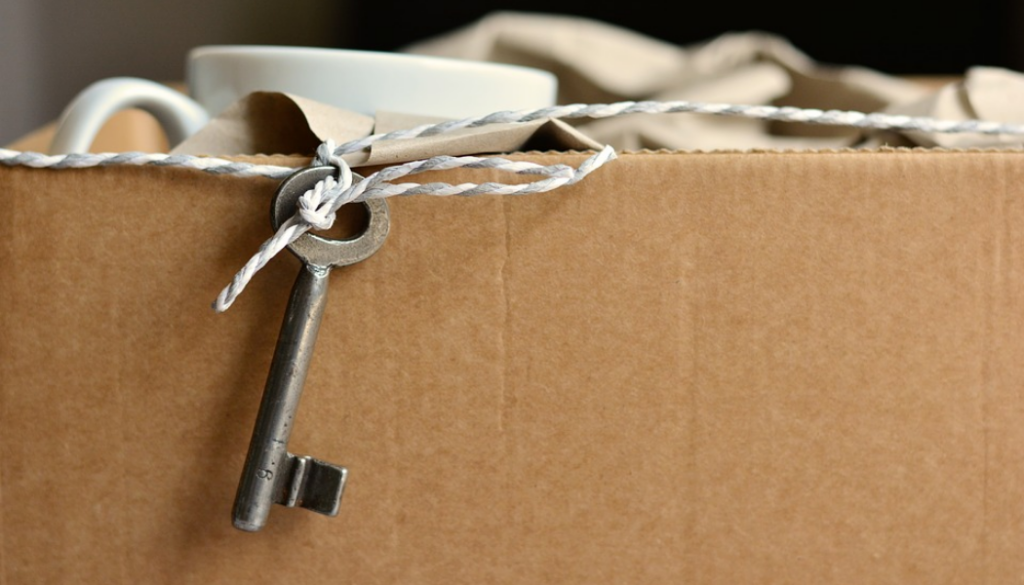What is Transfer of Residence Relief?

Are you in the process of moving to the UK? In other words, are you planning to become a UK resident? If so, you’ll have plenty on your plate. One aspect of the move that may be worrying you is the prospect of paying customs duty on the belongings that you’ll be bringing with you. After all, now that the UK is no longer a member of the EU, you may be concerned about the amount of duty you’ll have to pay on all the items you bring with you into the UK. Fortunately, there’s good news. When you transfer your residence to the UK, you can claim relief from customs charges on many of your personal belongings and other goods. This is called Transfer of Residence Relief. The form that you need to fill in to apply for this is called Tor1. In this article, we’ll look at how the process works –
- Who can apply
- What items are included
- How you apply
Who can apply for Transfer of Residence Relief?
If you’re transferring your residency from another country into Great Britain, then you are eligible to apply for Transfer of Residence Relief. This means that you don’t have to pay customs duties on on the personal belongings that you ‘import’ (bring into) the UK . The same applies if you’re transferring from outside the EU into Northern Ireland. However, if you’re moving from the EU into Northern Ireland, then the Freedom of Movement regulations mean that there is no customs duty to pay.
How do I apply for Transfer of Residence Relief?
You begin the process of filling in a TOR1 form here. However, your first job, even before you complete the form, is to make a complete list of the items you intend to bring into the UK. Although the list needs to be comprehensive, it doesn’t have to be detailed. For example, you might declare that you’re bringing approximately 120 books with you – but you don’t have to name each one. Similarly, you don’t have to identify each item of clothing you’re bringing with you. Simply estimate the number of items.
How should I present the list?
| Category | Item | Quantity |
| Electrical goods | – TVs – Laptops and similar devices – Kitchen appliances | – 2 – 5 – 4 |
| Books | 120 approximately | |
| Cutlery | 60 approximately |
It’s important to present your list as neatly as you can – either as a typed electronic document, a spreadsheet or a photograph of a hand-written list. There’s no need to produce photos. Neither do you have to identify the costs or values of your items. It’s important to be accurate with your list. You can make an addition to an application, but you cannot make an amendment after it has been submitted. Once you’ve submitted your list, you can’t make any amendments, although you can make additions by sending in a new form.

Proof of a UK address
You’ll also need to provide proof of your new address in the UK. If you’ve already been in the UK for at least 3 months, then you’ll need to provide a
- bank statement
- utility bill
- mortgage or rental agreement
If you don’t yet have a permanent address in the UK, then you need to
- either upload a statement from the person you’ll be living with and proof of their address
- or give evidence of temporary accommodation, such as a hotel booking
Proof of non-UK address
You’ll need to give proof of your current (or previous) overseas address – in other words, where you’re moving from. This can be within the last 6 months a
- bank statement
- utility bill
- mortgage or rental agreement
What about my pets?
If you’re bringing any pets into the UK, you’ll need a health certificate or passport code for each one – although not if you’re transferring from the Channel Islands or the Isle of Man. Remember to include these animals on your itemised list.
What if I’m bringing one or more vehicles into the UK?
In this case, then you need to provide the following information
- year of manufacture
- make
- model
- vehicle identification (VIN) or chassis number – this may also be called a
- central registration and identification (CRiS) number for caravans
- watercraft identification number (WIN) or hull identification number (HIN) for pleasure craft
- serial number for light aircraft
- registration number
- date the ID number or registration certificate was issued and the country of issue
- purchase date
In case of bicycles, you don’t need to provide any of this information. Just include them on the itemised list.
What happens next?
Once you’ve submitted your form for Transfer of Residence Relief (ToR1) and your application is successful, you’ll receive a unique reference number (URN). When you make your customs import declaration, you must use this number.
For more information on applying for Transfer of Residence Relief (ToR1), check out the UK Government website or contact us.
What is Transfer of Residence Relief? Are you in the process of moving to the UK? In other words, are you planning to become a UK resident? If so, you’ll have plenty on your plate. One aspect of the move that may be worrying you is the prospect of paying customs duty on the belongings […]
